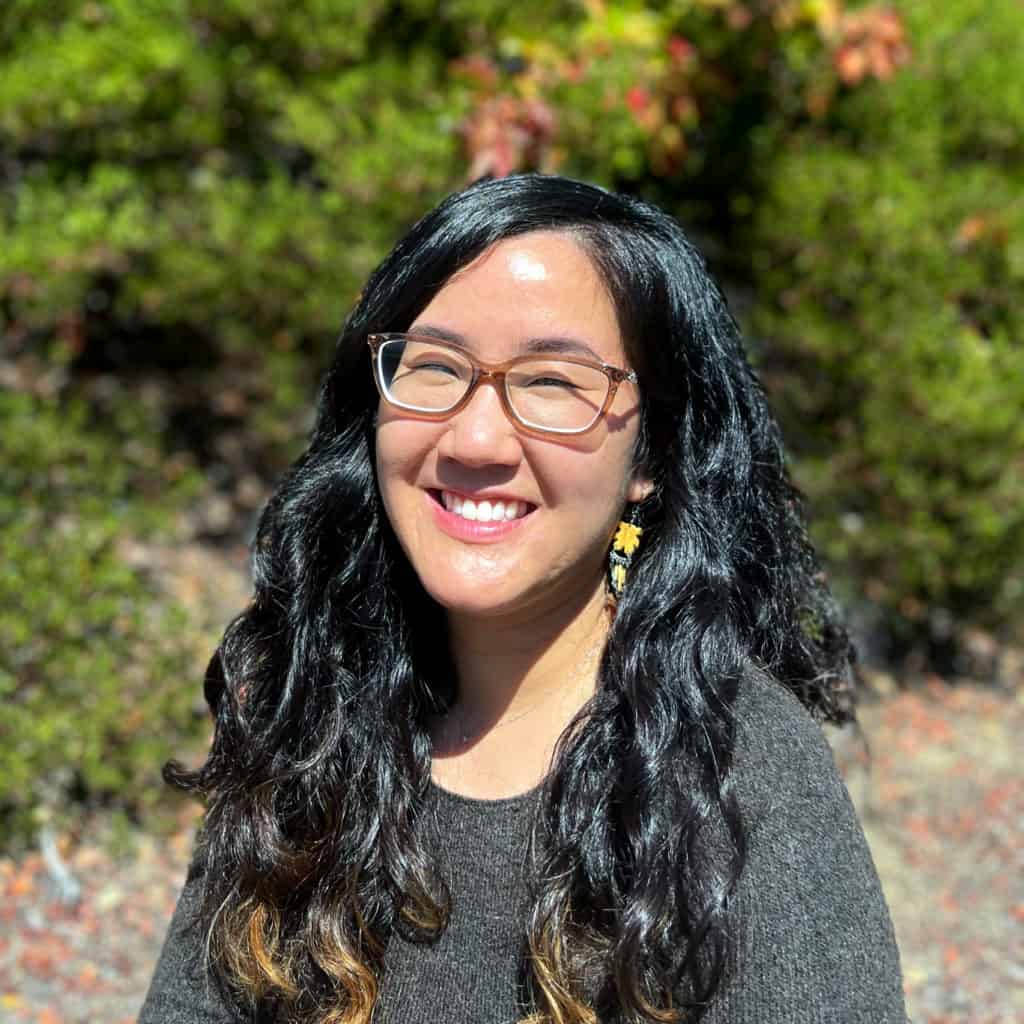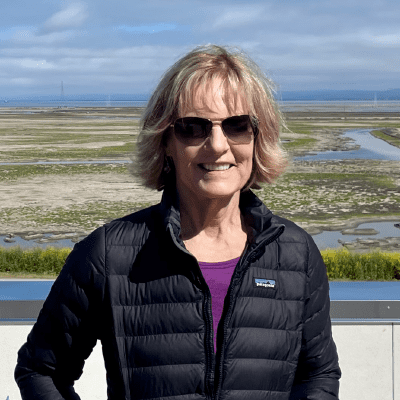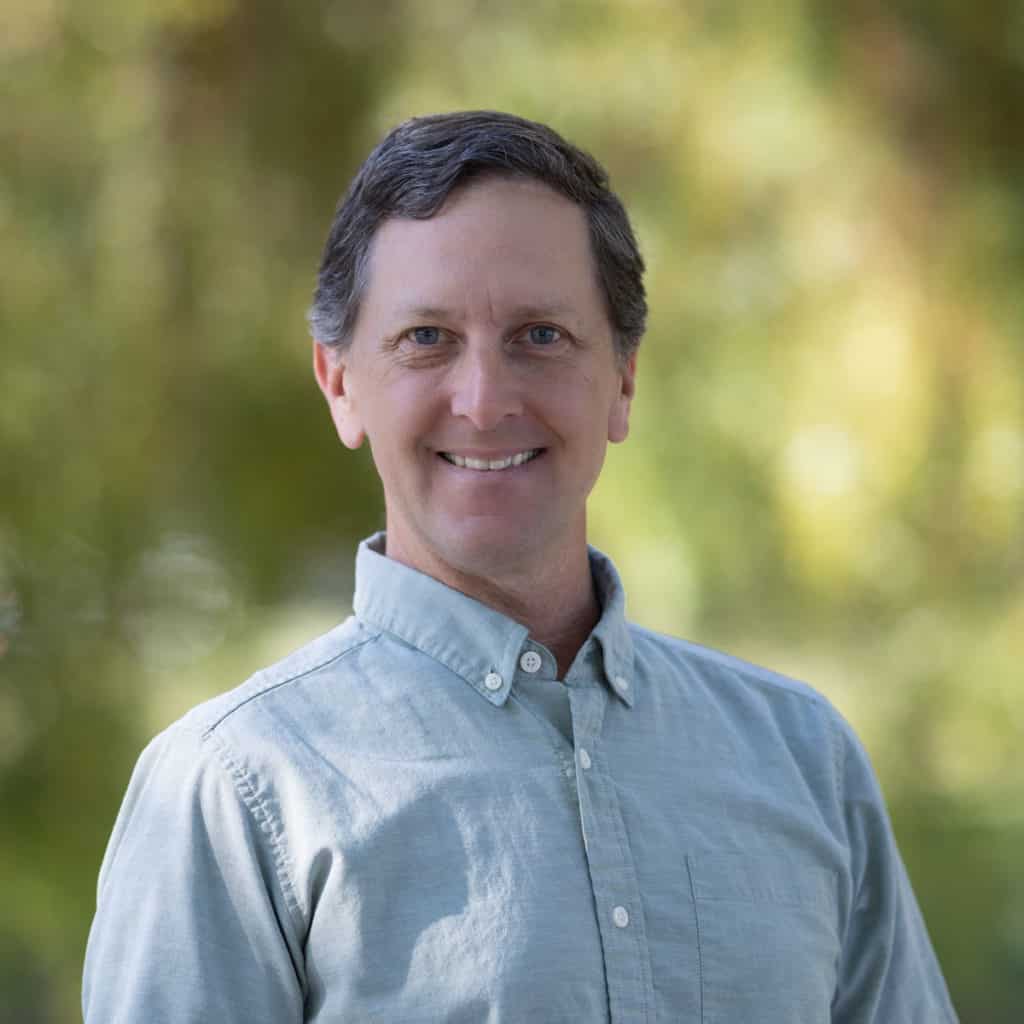Have you ever noticed storm drains in your neighborhood with either stencils or medallions indicating that dumping will drain directly to the Bay? Have you ever wondered how this drainage system might be different from the one in our homes?
The water that goes down our sink and shower drains ends up in a wastewater treatment facility where the water is filtered and treated1. Stormwater is entirely different, however, as it flows directly into storm drains, where it ends up in streams, lakes, and open waterways like the Bay without undergoing any treatment process1. When water flows across impervious surfaces like roads, roofs, and sidewalks, it carries litter and trash into the storm drain system. Stormwater runoff can also pick up household chemicals, paint, motor oil, and other harmful pollutants as it makes its way to San Francisco Bay1.
Trash from urban areas around the Bay is overwhelming our waterways. A study conducted in 2020 estimated that four million gallons of trash is present in our urban streams2. If we continue to have substantial trash production, it is imperative that we find ways to prevent this waste from reaching our waterways. The good news is that there are proven approaches to this issue. Full Trash Capture Devices represent an important component of the strategy to control and remove trash before it ends up in San Francisco Bay. These devices are installed either above or below ground at strategic drainage locations where trash can be captured downstream from roadways and urban areas. Save The Bay staff recently visited an installed device in the San Lorenzo area of Alameda County to learn more about how these devices function.
Full Trash Gross Solid Removal Device help stop trash from reaching waterways

The device pictured above is a Full Trash Gross Solids Removal Device and was installed in the concrete-lined Estudillo Canal channel in 2019. As stormwater in the channel enters the pipe, trash and other debris is collected inside while water continues to flow, either through the end of the pipe or through the screens running the length of the pipe3. This device consists of six pipes that are 30 inches in diameter and 480 feet in total length, capable of withstanding up to 6,500 gallons per second of flowing water3. It is designed to trap paper, plastics, glass, and other debris that naturally occurs in urban stormwater runoff4. Because the most common element of trash found in the Bay is cigarette butts, the device screens capture 100 percent of objects five millimeters in diameter and above to prevent this toxic waste from flowing downstream4. This device, and many others like it installed in the Bay Area, preserves ecosystem health, protects public health, and allows for proper disposal of waste.

Natural drainage areas, like the one outlined in red, help us understand where Full Trash Capture Devices can be the most effective5. Site 2, which indicates the device’s location, is strategically located to ensure trash is captured within the 2,620 acre red boundary. The boundary includes trash generating portions of interstates 580 (green highlighted area) and 238 (yellow highlighted area), as well as state route 185 (pink highlighted area). The watershed begins along the ridge just Southwest of Lake Chabot, where runoff travels through residential and commercial areas of San Leandro to the Estudillo Canal.

 Although the Estudillo Canal device is designed to hold up to 365 tons of trash, the pipes are emptied two to four times per year to maintain canal water flow3. A maintenance truck with a high pressure hose and vacuum is necessary to remove debris from all six pipes. The individual screens on each pipe segment are opened to insert the vacuum while maintenance workers use hoses to clear out accumulated debris and sediment to ensure the pipes are completely cleaned. It can take up to three days to fully remove all of the debris, and some of the larger items caught in the canal have to be removed manually, like this box spring pictured to the right.
Although the Estudillo Canal device is designed to hold up to 365 tons of trash, the pipes are emptied two to four times per year to maintain canal water flow3. A maintenance truck with a high pressure hose and vacuum is necessary to remove debris from all six pipes. The individual screens on each pipe segment are opened to insert the vacuum while maintenance workers use hoses to clear out accumulated debris and sediment to ensure the pipes are completely cleaned. It can take up to three days to fully remove all of the debris, and some of the larger items caught in the canal have to be removed manually, like this box spring pictured to the right.
You may be wondering at this point: how is Save The Bay involved in this effort?
The San Francisco Regional Water Quality Control Board, which enforces the Clean Water Act, is working to prohibit uncontrolled trash flows from roadways ending up in open waters. Trash from Caltrans roadways and city streets drains into stormwater systems during storms, and the Water Board requires Bay Area cities and Caltrans to reduce their stormwater trash discharge to the Bay to zero by 2025. Save The Bay has diligently advocated for the implementation of proven structural trash control projects and has pushed Caltrans and cities to partner on these projects to fulfill their respective trash reduction requirements. The Estudillo Canal project is a prime example of a successful partnership project between the Alameda Countywide Clean Water Program (ACCWP) and Caltrans.
Trash continues to negatively impact our waterways, and the trash we see on our roadways degrades water quality, destroys habitats, and takes a toll on the mental health of our communities. Stencils and medallions are not a strong enough protection against trash pollution, which is why it is critical that the region works collaboratively to install Full Trash Capture Devices. We all need to do our part to ensure our streets are clean and remain clean, but cities need to invest in this critical infrastructure so that we can be certain that the only thing flowing to the Bay is stormwater.
[1] California State Water Resources Control Board. “Stormwater Program – What Is Stormwater.” SWRCB.gov. State of California, 2018. https://www.waterboards.ca.gov/water_issues/programs/stormwater/whatissw.html. [2] EOA inc., and Applied Marine Sciences. Rep. San Francisco Bay Area Receiving Water Trash Monitoring: Pilot-Testing of Qualitative and Quantitative Monitoring and Assessment Protocols, June 2020. https://www.flowstobay.org/wp-content/uploads/2020/07/12-BASMAA_C.10_Final-Receiving-Water-Trash-Monitoring-Report-6_14_20.pdf. [3] Storm Flo Screen Full Capture Solids Removal Device. Los Angeles, California: Roscoe Moss Company, n.d. Accessed 2022. [4] California Department of Transportation Division of Environmental Analysis Stormwater Management Program. Rep. Statewide Trash Implementation Plan. Caltrans, April 12, 2019. https://www.waterboards.ca.gov/water_issues/programs/stormwater/docs/caltrans/trash_implement_plan_20181130.pdf. [5] Cal Engineering and Geology. September 2018. Site 2 Drainage Area.
Special thanks to Sharon Gosselin, County of Alameda Stormwater Program Manager, and Kevin McGillicudy, Chief Hydrologist and Director of the Stormwater Treatment Division at Roscoe Moss Company

















































